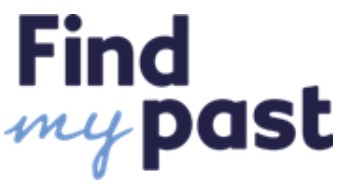 City or United fan, this is big for anyone with Manchester ancestry. An excellent way of bridging censuses, these records comprise almost five million names of taxpayers from the early nineteenth century to the mid-twentieth century in present-day Greater Manchester.
City or United fan, this is big for anyone with Manchester ancestry. An excellent way of bridging censuses, these records comprise almost five million names of taxpayers from the early nineteenth century to the mid-twentieth century in present-day Greater Manchester.
Indexed with linked original images, the records include:
• Name of Occupier (head of household)
• Name of Owner
• Description of the property (house or business)
• Street Address/Township/Parish
• Rate to be paid (e.g. poor rate, water rate)
• Amount to paid
• Date paid or any default on payment
Every fifth year’s rate books are indexed to coincide with census years for parts of the following boroughs:
• Bolton 1916-1936
• Manchester 1706-1941
• Oldham 1841-1936
• Rochdale 1826-1921
• Stockport 1886-1921
• Tameside 1846-1936
• Trafford 1836-1931
• Wigan 1806-1936
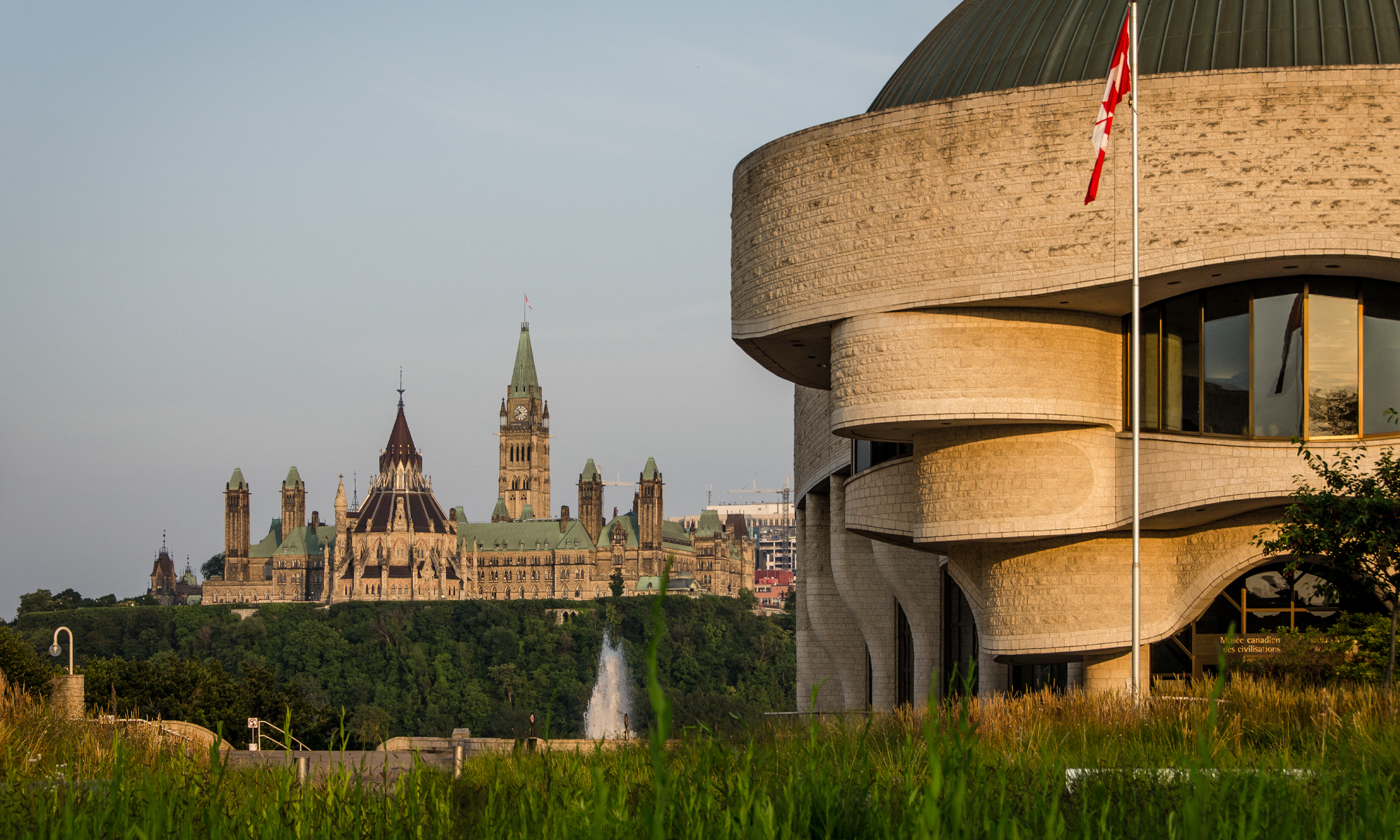


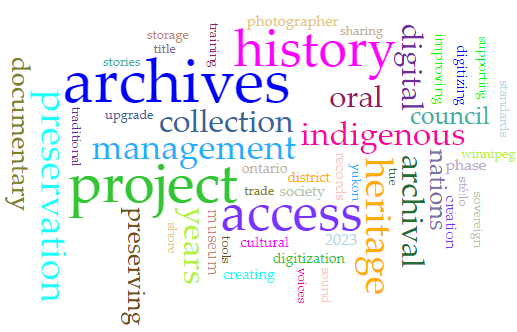 The
The 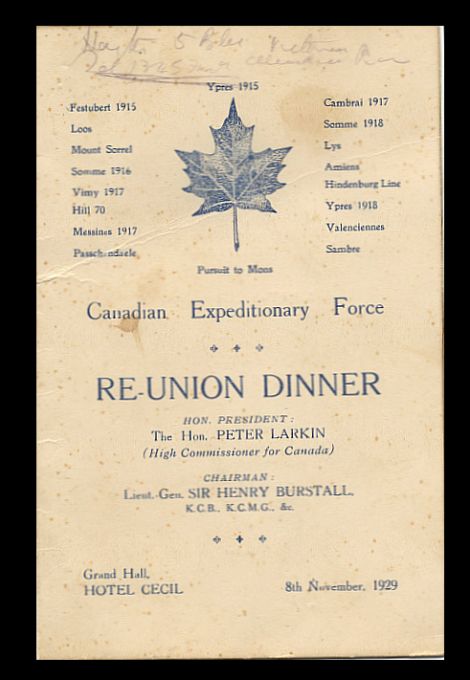
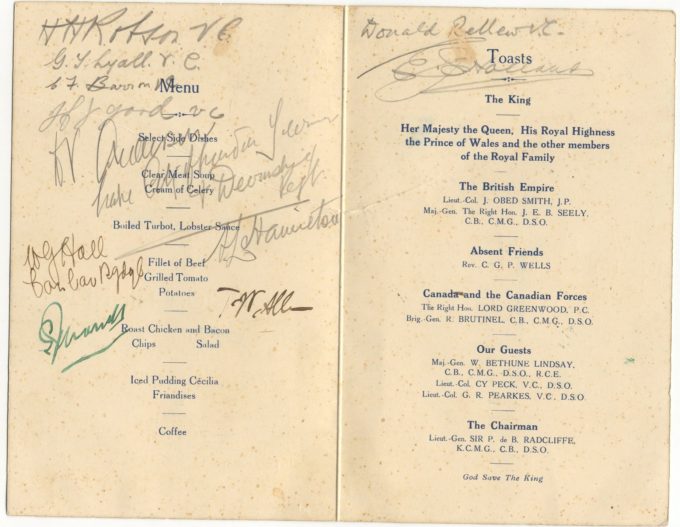
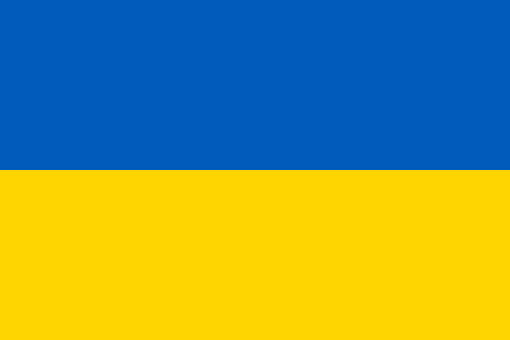
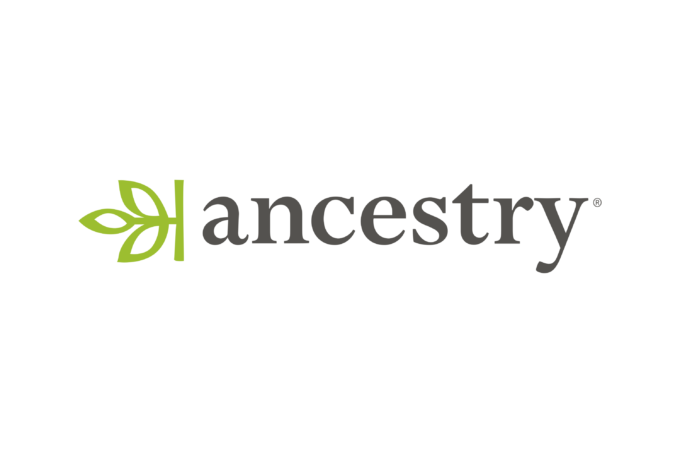 Ancestry has been busy beavering away at Hampshire parish records and has just added the early 1536-1812 records which were often kept in a single register.
Ancestry has been busy beavering away at Hampshire parish records and has just added the early 1536-1812 records which were often kept in a single register.